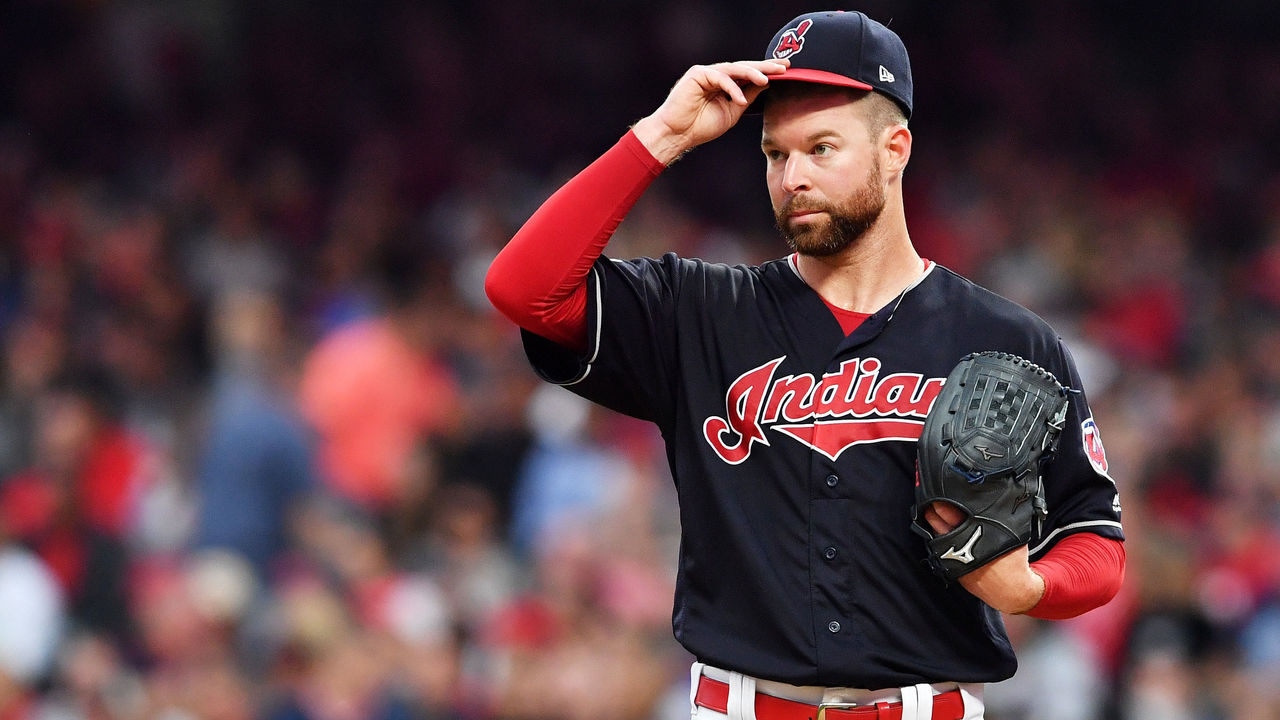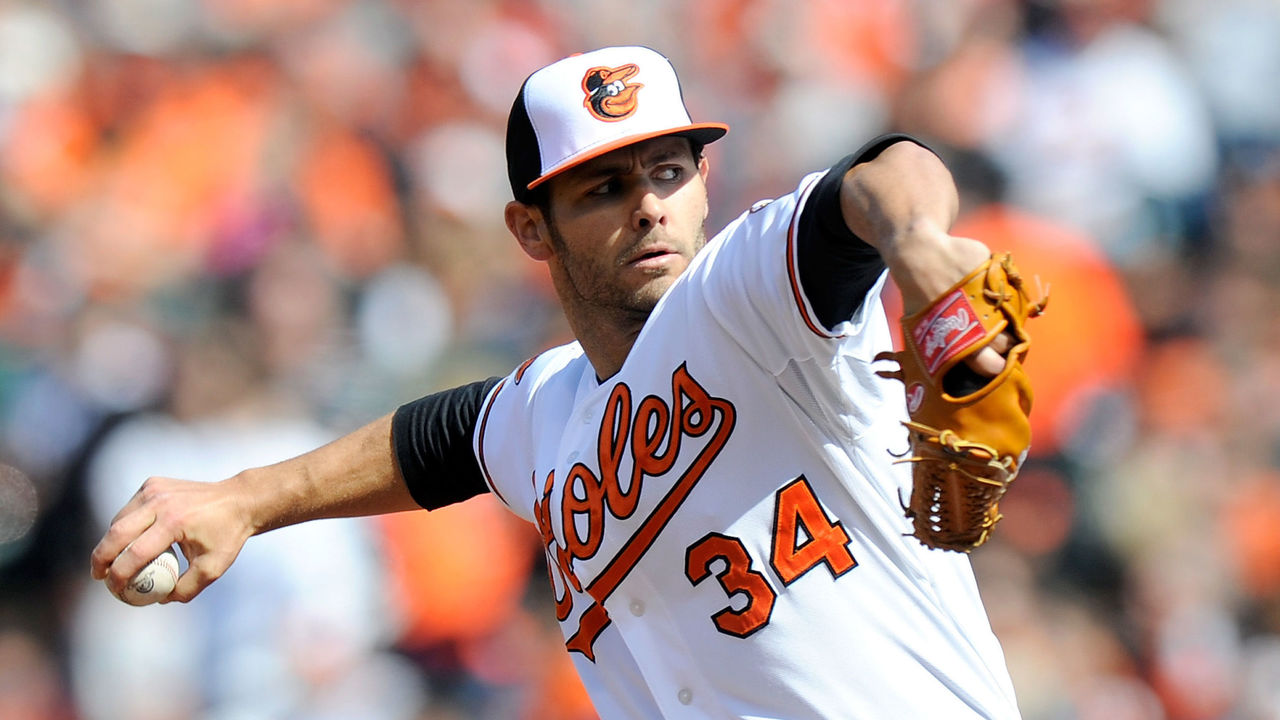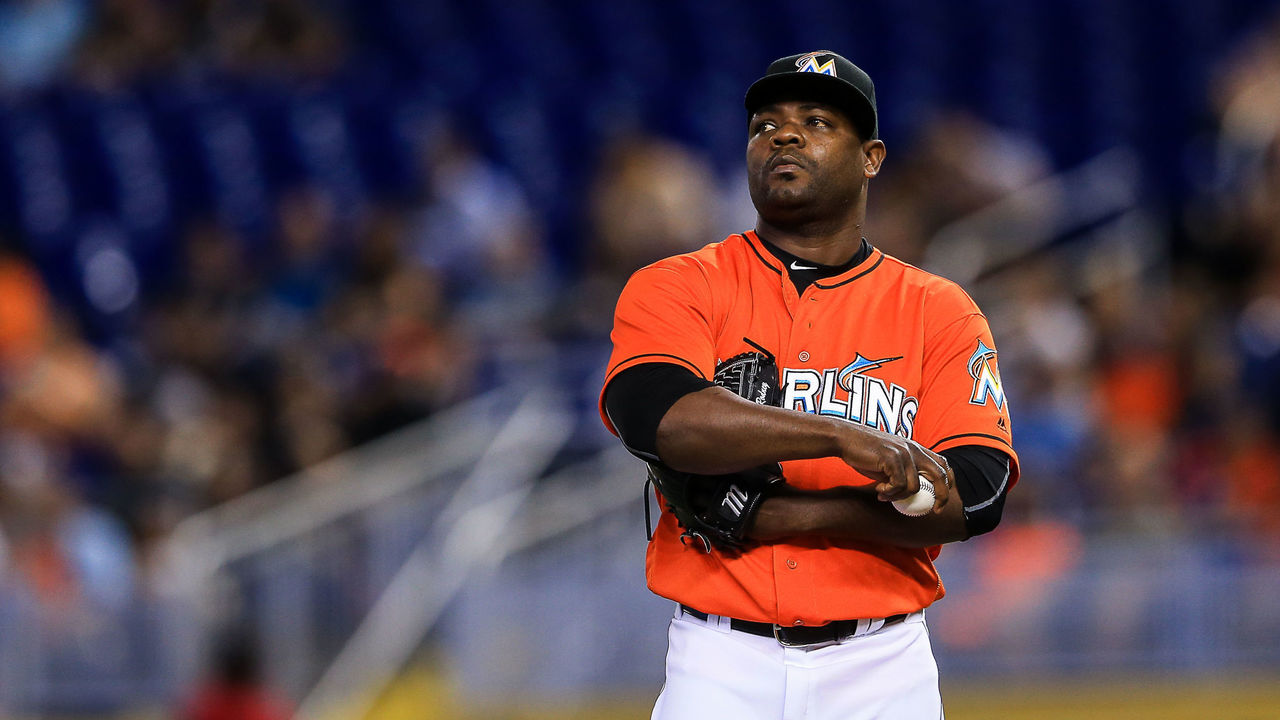Revisiting the decade's 5 most lopsided midseason deals
Mutual benefit is the principle undergirding every trade. In theory, there should be no winner and no loser.
In reality: LOL.
When you're swapping assets, be they baseball players or bushels of bananas, swindles and miscalculations happen all the time. Often, one side gets the better of the other. If you play fantasy sports, you know how it goes.
Aided by the gift of hindsight, with baseball's singular trade deadline rapidly approaching, let's revisit the past decade's five most lopsided deals made in those wonderfully chaotic days and hours leading up to July 31.
July 9, 2010: Mariners get bupkis for Lee

| To Texas | To Seattle |
|---|---|
| SP Cliff Lee | 1B Justin Smoak |
| RP Mark Lowe | 2B Matt Lawson |
| SP Blake Beavan | |
| RP Josh Lueke |
Seattle bolstered its roster ahead of the 2010 campaign following a postseason near-miss the year prior, notably signing newly minted All-Star Chone Figgins and trading for former Cy Young Award winner Cliff Lee. But the Mariners were in sell mode by July. Their only solace as they floundered in the AL West basement - 14 games below .500 a week before the All-Star break - was that they had Lee, a bona fide ace and soon-to-be free agent who would be the most highly coveted starter on the trade market.
The return for Lee, who had authored a 2.34 ERA with a preposterous 14.83 strikeout-to-walk ratio in 13 starts with Seattle, would presumably be a boon to the Mariners' suspect farm system. It wasn't.
Justin Smoak, a highly touted switch-hitting first baseman at the center of the Mariners' haul, never realized his potential with Seattle. He put up a meager .692 OPS (97 OPS+) over five frustrating seasons with the club before being claimed off waivers by the Toronto Blue Jays. Blake Beavan, another former first-rounder, also disappointed at the big-league level, posting a 4.61 ERA (82 ERA+) across parts of four seasons with the Mariners before flaming out.
Matt Lawson, meanwhile, lasted less than a year with the organization and was flipped for swingman Aaron Laffey in spring training of 2011. (Laffey was traded months later himself.) Josh Lueke, who had been charged with rape in 2008, cast a pall over the organization before also being traded the following year. For that prized trade asset, the Mariners received virtually no long-term value.
Lee, for his part, just kept doing his thing in Texas, helping the Rangers secure their first playoff berth in more than a decade and their first trip to the World Series with a dominant postseason (2.78 ERA over 35 2/3 innings).
July 31, 2010: Padres punt Kluber in three-team deal

| To San Diego | To Cleveland | To St. Louis |
|---|---|---|
| OF Ryan Ludwick | SP Corey Kluber | SP Jake Westbrook |
| SP Nick Greenwood |
Improbably perched atop the NL West standings at the 2010 trade deadline, the Padres did the sensible thing, addressing one of their most obvious needs - a conspicuous lack of pop - by adding a veteran slugger who also happened to be under control for the following season. The acquisition of Ryan Ludwick, who had smacked 37 homers and managed a 151 OPS+ for the Cardinals two years prior, was largely unassailable, even though the prospect the Padres sent to Cleveland as part of the three-team trade - a thick-necked right-hander named Corey Kluber - was starting to figure it out at Double-A.
Almost immediately, though, Ludwick turned into a pumpkin. The one-time All-Star eked out a .211/.301/.330 (78 OPS+) line in 59 games with the Padres, who missed out on the National League wild card by one game. Ludwick's stroke didn't return the following season, either: He managed a .674 OPS through July before being sent to Pittsburgh for cash at the trade deadline.
The other two teams involved in the deal made out fine or better. The Cardinals got three-and-a-half seasons of serviceable production from Jake Westbrook, while the Indians landed a future ace in Kluber, the three-time All-Star and two-time Cy Young Award winner who trails only Max Scherzer, Clayton Kershaw, and Chris Sale in WAR among pitchers since the start of 2013.
July 2, 2013: Orioles give up on Arrieta

| To Cubs | To Baltimore |
|---|---|
| SP Jake Arrieta | SP Scott Feldman |
| RP Pedro Strop | C Steve Clevenger |
Though they were just 2 1/2 games back of first place in the AL East at the start of July in 2013, the Orioles - fresh off their first playoff berth since 1997 - knew they needed rotation help. How dire was it? Freddy Garcia, then 36, had already made 10 starts for Baltimore, pitching to a 4.77 ERA. The solution, apparently, would be Scott Feldman, a veteran swingman who'd vacillated between serviceable and bad throughout his career and was due to hit free agency at season's end.
To get him (along with some catching depth), the Orioles parted ways with Jake Arrieta, a former jewel of their farm system whose major-league career had produced nothing but headaches, and Pedro Strop, a talented, hard-throwing reliever in the midst of a miserable season. At the time, it seemed like the Cubs were getting back a couple of reclamation projects for a middling starter. Ultimately, they got a superstar and a bullpen fixture.
Born anew in Chicago, Arrieta fashioned a 2.53 ERA (150 ERA+) in his first full season with the Cubs, at age 28, receiving downballot National League Cy Young votes for his efforts. The following year, he won it, edging out Zack Greinke and Clayton Kershaw. He spent two more superb seasons with the Cubs, helping them snap their infamous World Series drought in 2016, before signing a lucrative deal with the Phillies two winters ago. Strop, meanwhile, has been a rock in the Cubs' bullpen ever since, averaging nearly 60 appearances per season over the last six years while pitching to a 2.77 ERA.
And Feldman, not surprisingly, was mediocre down the stretch for the Orioles, managing a 4.27 ERA (97 ERA+) in 15 starts as Baltimore skidded to a third-place finish in the AL East at 85-77, well back of a wild-card spot.
June 30, 2016: Paddack lands Marlins no relief

| To Miami | To San Diego |
|---|---|
| RP Fernando Rodney | SP Chris Paddack |
Hovering on the periphery of the playoff conversation as the All-Star break loomed, the Miami Marlins made a pre-emptive strike, acquiring veteran closer Fernando Rodney - then in the midst of a superb season - from the San Diego Padres four weeks ahead of the non-waiver trade deadline.
In exchange for Rodney, an impending free agent, the Marlins gave up an emergent right-handed pitching prospect named Chris Paddack. An eighth-round pick in the previous year's draft, he was embarrassing hitters in the Low-A South Atlantic League, having crafted a 0.95 ERA and 0.39 WHIP with a whopping 48 strikeouts in 28 1/3 innings at the time of the deal.
While nobody could fault the Marlins for adding to their not-quite-there-yet core after so many years of rebuilding, it was a curious move: Incumbent closer AJ Ramos hadn't blown a save yet that season, and the rotation was in much more desperate need of reinforcement than the bullpen.
Rodney, who's practically the poster boy for relief pitcher volatility, lost it in Miami, managing a 5.89 ERA down the stretch while issuing 41 walks in 36 2/3 innings. Eventually, the Marlins faded, stumbling through a 32-41 record in the second half and finishing 7 1/2 games out of the second National League wild-card spot. Rodney signed with Arizona as a free agent shortly thereafter.
Three years after the deal, Paddack is blossoming into the Padres' ace: The 23-year-old owns a 2.70 ERA with an 0.87 WHIP through 16 starts in 2019 and ranks fourth among rookie pitchers in WAR (1.7). On Wednesday, Paddack pitched against the Marlins for the first time in his career. He allowed one run on one hit and struck out eight over 7 2/3 innings.
July 31, 2018: Pirates swap bounty for fading Archer

| To Pittsburgh | To Tampa Bay |
|---|---|
| SP Chris Archer | OF Austin Meadows |
| SP Tyler Glasnow | |
| SP Shane Baz (PTBNL) |
While it might be premature to call this one of the decade's most lopsided deals, last year's deadline-day blockbuster between the Rays and Pirates could look even more lopsided months from now: There's a distinct possibility that Pittsburgh declines Chris Archer's $9-million team option for 2020 and lets him walk for nothing given how he's unraveled.
Archer, a two-time All-Star who struggled with consistency throughout his seven years with Tampa Bay, has been one of the least effective starters in the majors in 2019, putting up career worsts in ERA (5.36), FIP (5.58), and WHIP (1.41) while serving up more home runs than any other NL pitcher (22). His velocity is lower than ever, too, according to Brooks Baseball, and his .361 expected weighted on-base average - the expected outcomes of the batted balls he's allowed based on their exit velocities and launch angles - is by far the worst of his career.
Austin Meadows and Tyler Glasnow, meanwhile, are both in the midst of breakout seasons with the Rays. Meadows, whom the Pirates selected ninth overall in the 2013 draft, is rocking an .883 OPS (132 OPS+) with 15 homers, 15 doubles, and nine stolen bases, and was selected for the AL All-Star team. Before an elbow issue forced him to the injured list in May, Glasnow had been perhaps the top starter in the American League, with a 1.86 ERA (246 ERA+), 0.91 WHIP, and 6.11 strikeout-to-walk ratio. Both players remain under team control through 2023.
Jonah Birenbaum is theScore's senior MLB writer. He steams a good ham. You can find him on Twitter @birenball.